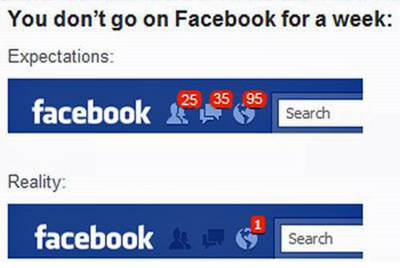Money is a taboo in our culture. We’ve all been told, don’t ever be the first to bring up money in the hiring process. We say that there are three things not to be discussed in polite company, but money is possibly the worst. You really shouldn’t talk about money with your date either. So you definitely shouldn’t ask me how much Magic Bottle Marketing’s social media services is going to cost your business, right? WRONG!
I won’t try to explain why people think you shouldn’t talk about money, because I have no idea. I always want to see the figures up front. I can tell you why that is!
- Money is often the deciding factor. I can either work for that amount or I can’t. I have this much money to spend, so I can either afford it or I can’t. I am already doing two volunteer projects so I simply don’t have the time for a pro bono job. These are cut and dry decisions that rest on number. I would rather know that number sooner rather than later.
- It tells me a lot about who I am talking to. How much someone is asking for or willing to pay tells me how much they know about the market, the product in question, what type of project they’re doing, how serious and committed they are, etc, etc…
- It saves me and them a lot of time. If I don’t like what I find out in the above two bullet points I want to know that right away so I don’t waste anyone’s time discussing a project that will never be.
So how much does social media for local businesses from Magic Bottle Marketing cost?
My pricing is similar to a restaurant’s pricing–pick two sides and an entree for $10 set-up. Your choices are…
Sides
- LinkedIn company page
- Facebook business page
Entrees
- Google+ company page
Appetizers
- FourSquare venue
- Google Places setup
- 1 Google Adwords campaign
- 1 Facebook ad campaign
- FourSquare special setup
Appetizers are a one-time only fee—$50 for each. Obviously, campaigns and specials can be purchased multiple times. Your first two sides are $100 each per month, but the third is just $50 per month. Entrees are $150 per month. You can get a combo dinner (two sides and an entree) for $300 per month.
What are you paying for?
You are mostly paying for content creation and expert knowledge of how each platform can be customized to your business and its goals. Thus, sites whose content requires more time and effort (Google+ and Pinterest) cost more. Services that are a one-time only creation (campaigns and specials) cost less.
Pricing is something I thought about for months before I even bought the domain magicbottlemarketing.com. After surveying the local industry, I decided that my market niche would be affordable, customized content creation for social media for businesses. That niche was empty. Most businesses right here in Claremore either have no social media presence at all, are struggling to manage it on their own, or are being overcharged for setup only, content poor, non-customized social media accounts. And none of my competitors list their pricing up front.
You have better options! Please drop me a line at anna@magicbottlemarketing.com or give me a ring on my cell at 918-933-2303 and let’s get your business on the path to social success that’s affordable!






